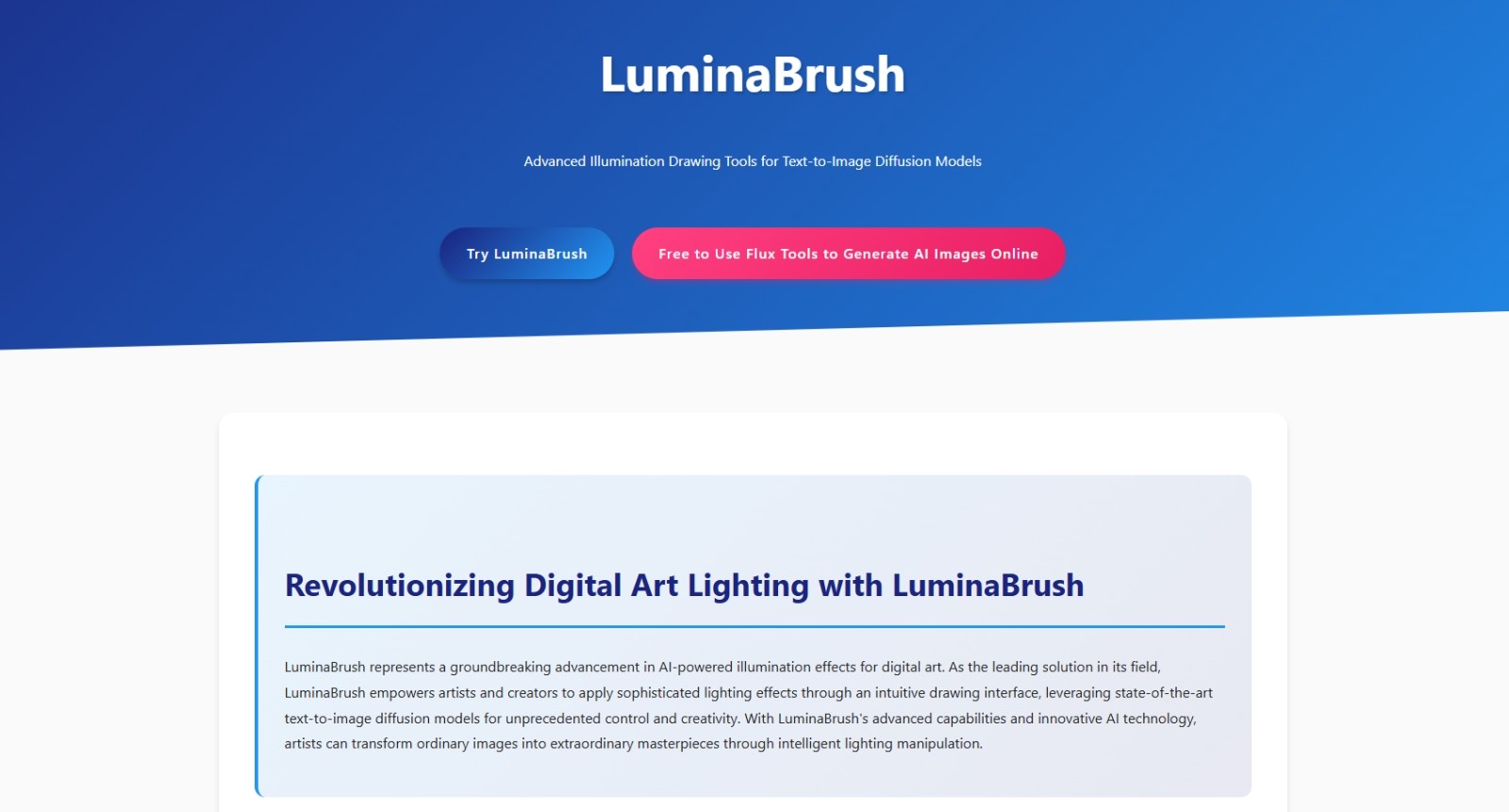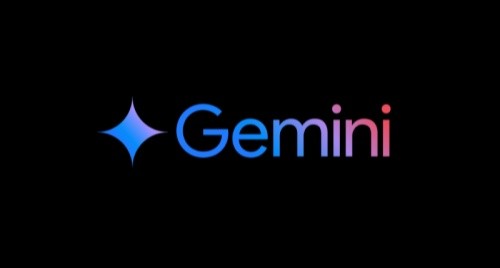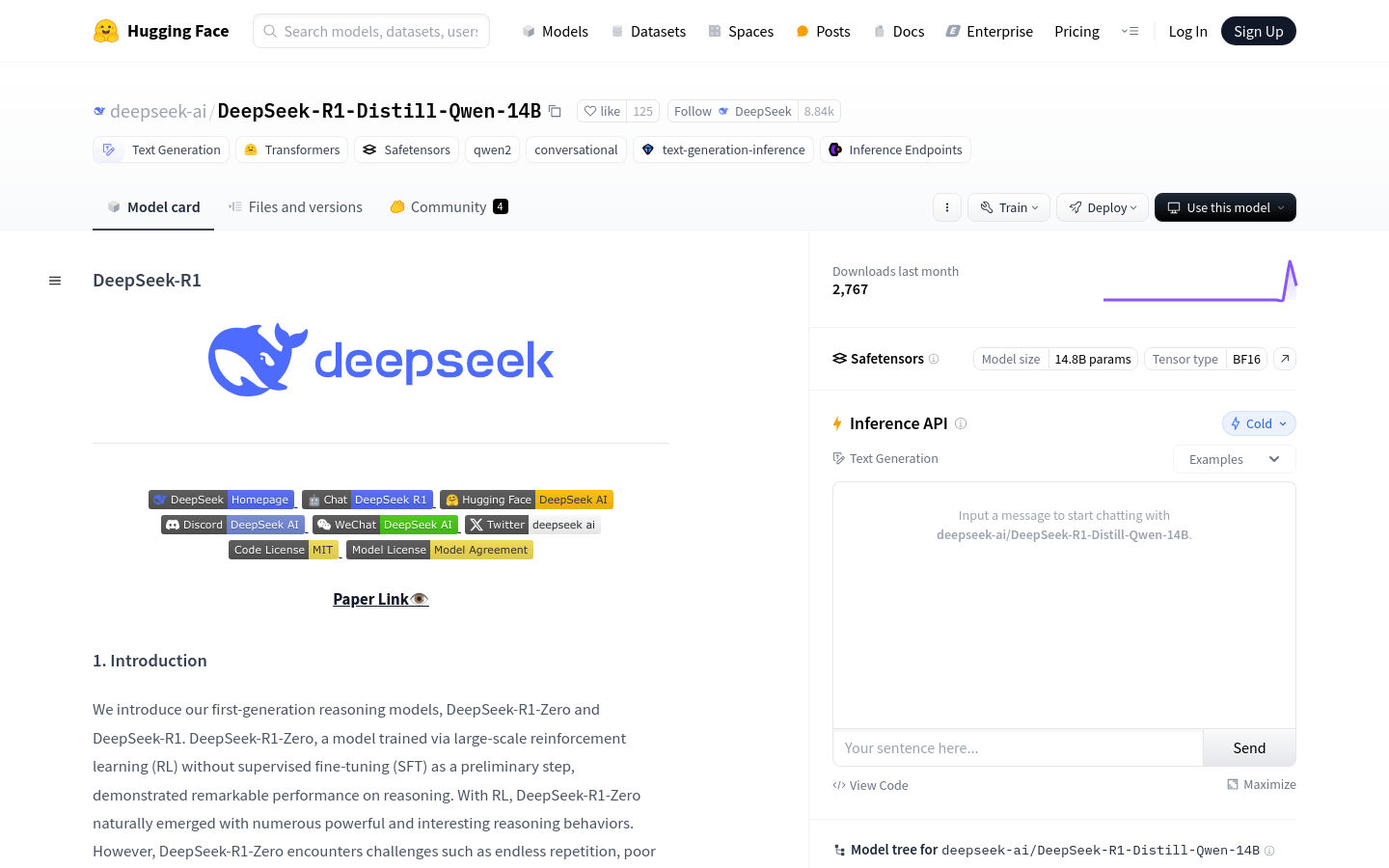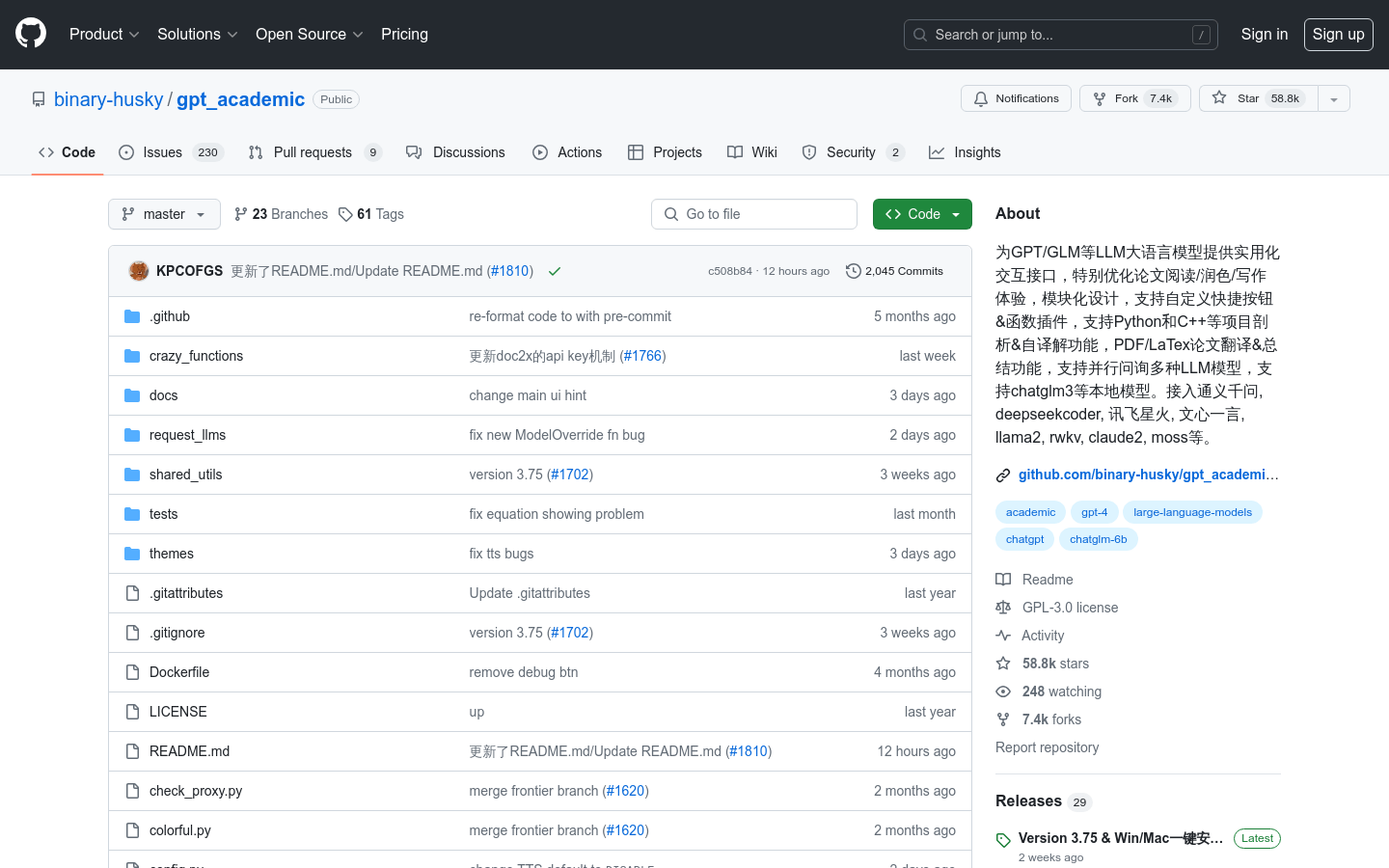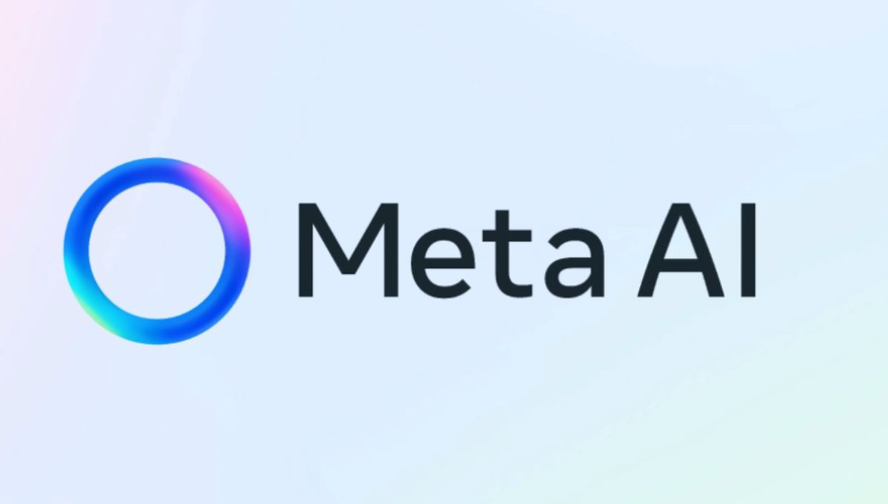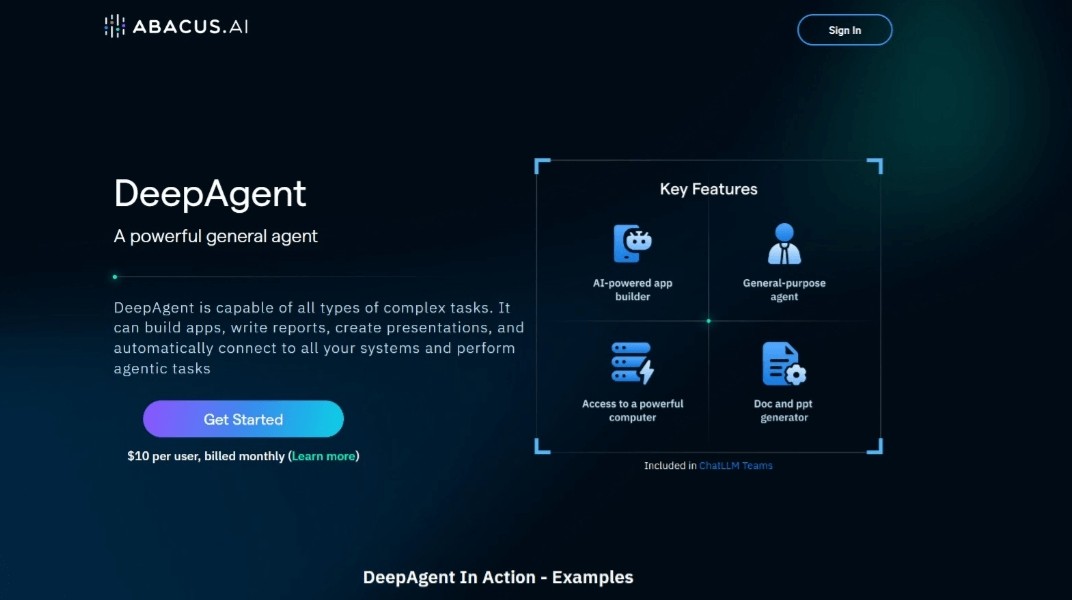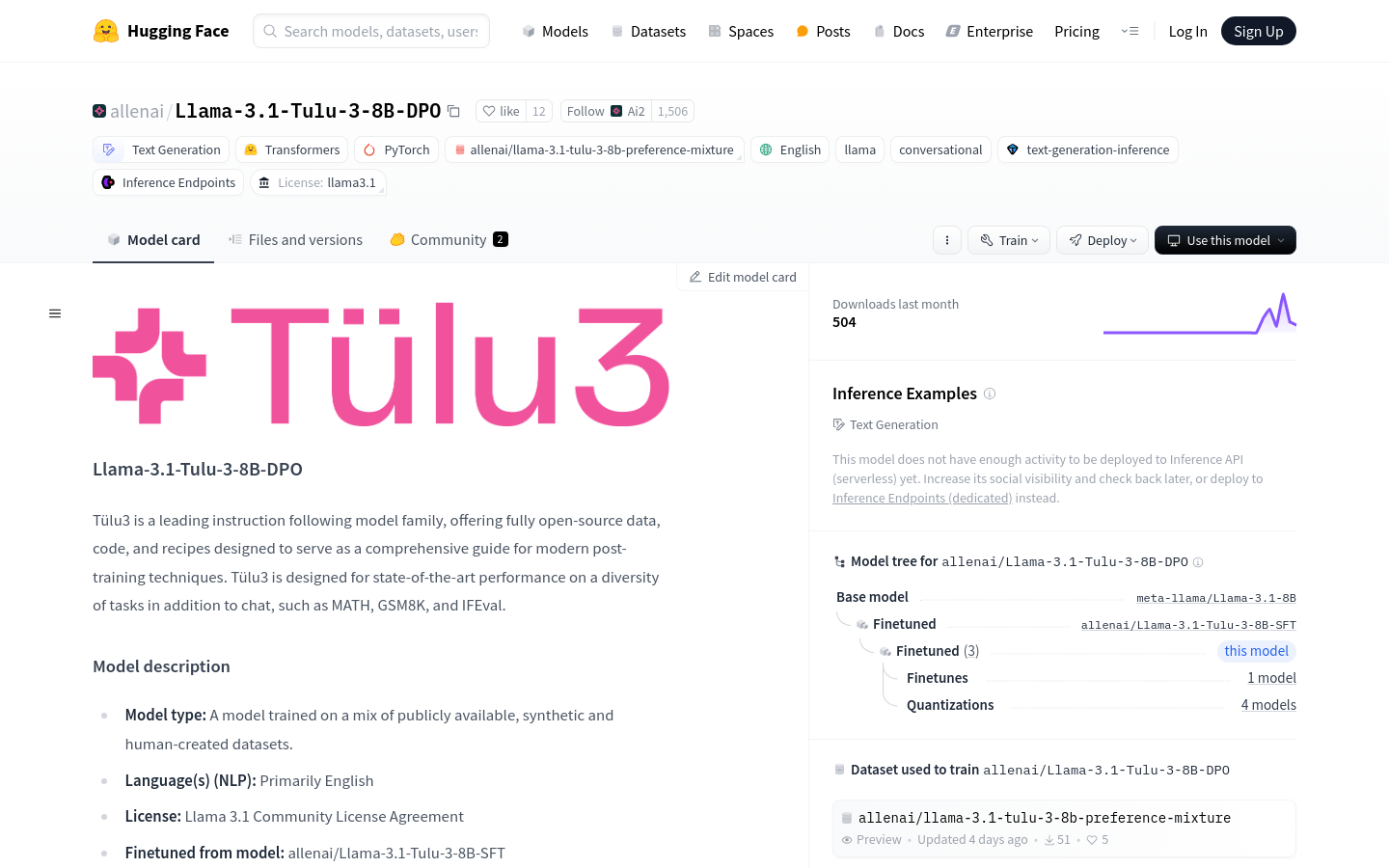
Llama-3.1-Tulu-3-8B-DPO is a member of the Tülu3 model family that focuses on instruction following, provides fully open source data, code and recipes, and is intended to serve as a comprehensive guide to modern post-training techniques. This model is designed for diverse tasks beyond chatting, such as MATH, GSM8K and IFEval, to achieve state-of-the-art performance. The main advantages of the model include open source data and code, support for multiple tasks, and excellent performance. Product background information shows that the model was developed by the Allen AI Institute, follows the Llama 3.1 Community License Agreement, and is suitable for research and educational purposes.
Demand group:
"The target audience is researchers, developers and educators, who can use this model to conduct natural language processing research, develop intelligent chatbots, perform text analysis tasks, etc. The open source nature and diverse task processing capabilities of the model make it an ideal Ideal for academic research and technology exploration."
Example of usage scenario:
The researchers used the model to evaluate its mathematical problem-solving abilities on the MATH benchmark.
Developers use the model's chat template feature to create interactive dialogue systems.
Educational institutions adopt this model to teach students how to use and improve modern NLP techniques.
Product features:
Supports text generation: Able to handle a variety of text generation tasks including chatting.
Instruction following: Models are particularly good at understanding and following instructions.
Multi-tasking performance: Excellent performance in multiple benchmark tests such as MATH, GSM8K and IFEval.
Open source data and code: Provides fully open source data and code to facilitate research and further development.
Post-training technology: Use modern post-training technology to improve model performance and applicability.
Easy to deploy: Models can be easily loaded and deployed through the Hugging Face platform.
Community support: The model has an active community that provides discussion and support.
Usage tutorial:
1. Visit the Hugging Face platform and search for the Llama-3.1-Tulu-3-8B-DPO model.
2. Load the model using the provided code snippet: `from transformers import AutoModelForCausalLM; tuolu_model = AutoModelForCausalLM.from_pretrained("allenai/ Llama-3.1-Tulu-3-8B-DPO ")`.
3. Adjust model parameters, such as maximum sequence length or batch size, as needed.
4. Use the model for text generation or other NLP tasks, for example: `tulu_model.generate(input_ids, max_length=512)`.
5. Participate in community discussions, get help and share experience.
6. Fine-tune and optimize the model performance to suit specific tasks.
